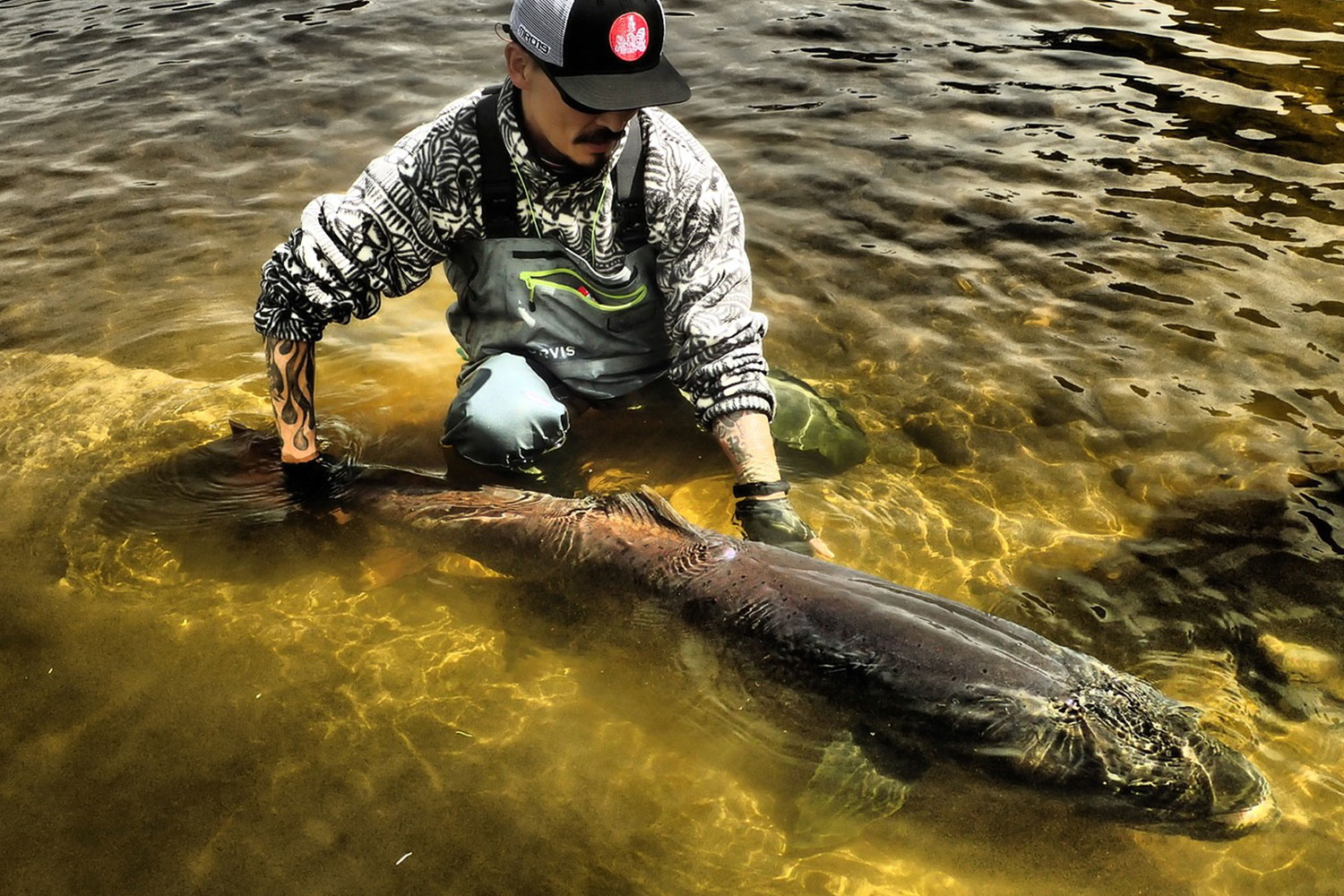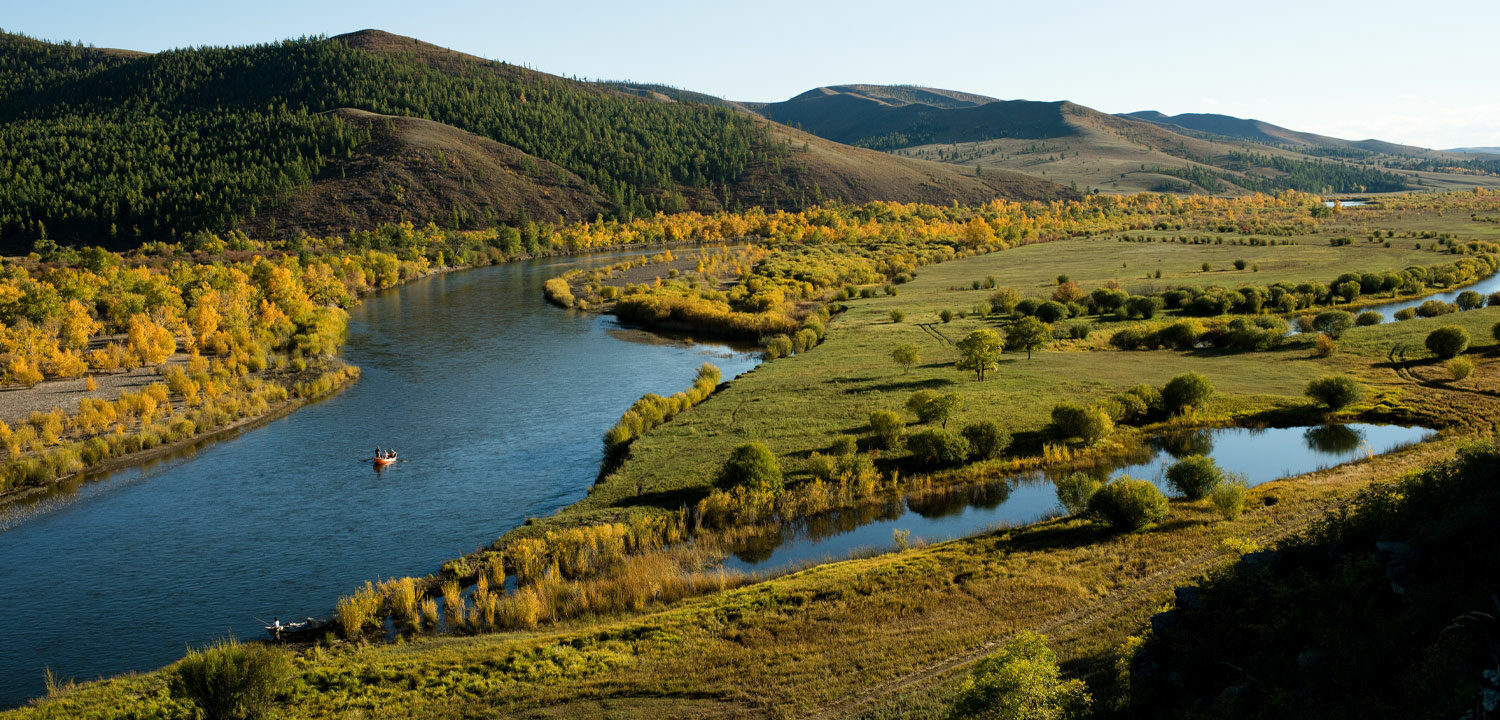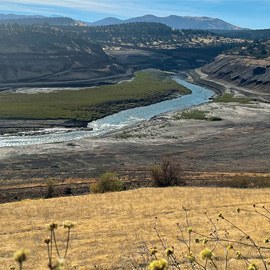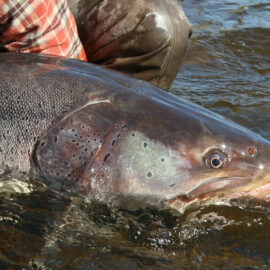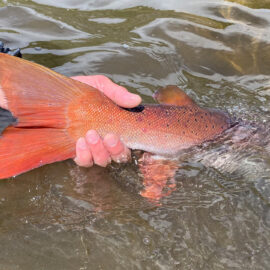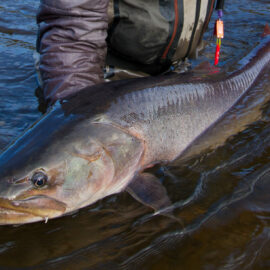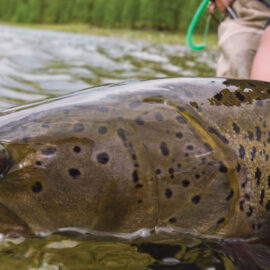Advancing taimen conservation in Mongolia’s last strongholds
Mongolia is a country of diverse and rugged landscapes including mountains, boreal forests, grassy steppes and the Gobi Desert. In the least densely populated country on Earth, Mongolians maintain close connections to the land through a nomadic herding lifestyle still practiced by 30% of the population. The country provides critical habitat for iconic species such as the Siberian ibex, Mongolian gazelle, snow leopard, gray wolf, and the world’s largest salmonid, the Siberian taimen.
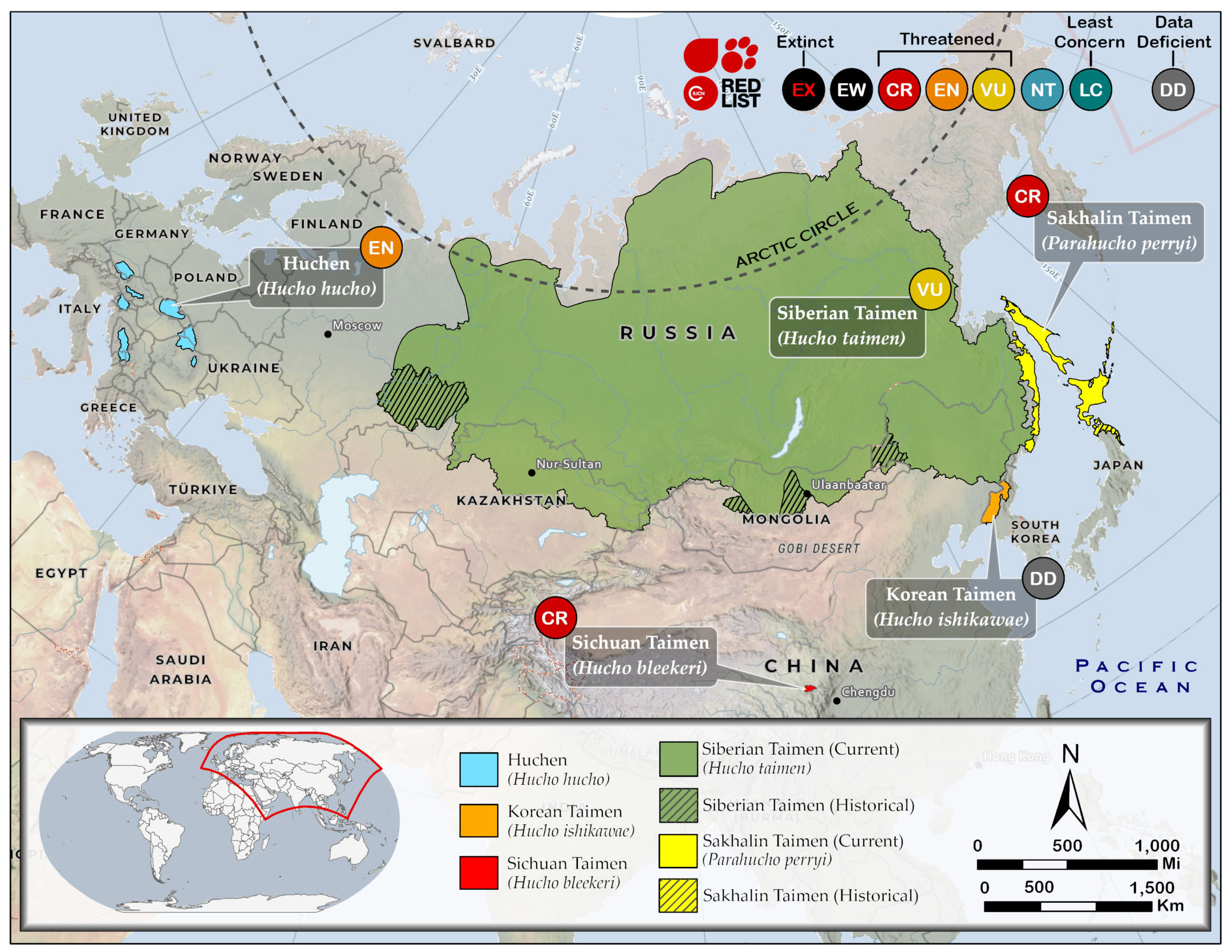
Siberian taimen swim in the rivers of northern Mongolia. These megafish are fierce, apex predators that grow to five feet long and play a critical role in maintaining the ecological health of the rivers. Taimen are also a flagship species that generates public support for holistic watershed conservation benefitting ecosystems on land and water. In addition to their ecological importance, catch-and-release taimen fishing supports local economies in Mongolia. Taimen in Mongolia face multiple threats from development and overgrazing, poaching and climate change. In Mongolia, where taimen distribution has decreased to an estimated 4% of their historic range, the International Union for Conservation of Nature (IUCN) considers the species to be endangered. Yet, there is still a chance to safeguard a strong future for taimen in Mongolia. The Wild Salmon Center and partners are implementing several efforts to protect and conserve Siberian taimen on some of the last remaining Mongolian strongholds for taimen in the Amur and Yenisey Basins.
Science to Drive Conservation Outcomes
To address the threats to this flagship species, WSC is relying on science to drive the development of conservation strategies. Historically, most taimen species have been understudied. Therefore, WSC scientists are working in collaboration with partners to answer key questions that will help inform how to best protect taimen and their habitats for future generations. Specifically, WSC is working to better understand:
- Taimen population abundance in Mongolian rivers
- Taimen behavior and habitat use
- Taimen food web ecology
- Habitat vulnerability to development and a changing climate
Results from this work will ensure scientifically sound management of protected areas, contribute to anti-poaching efforts, and inform climate adaptation planning for taimen sanctuaries.
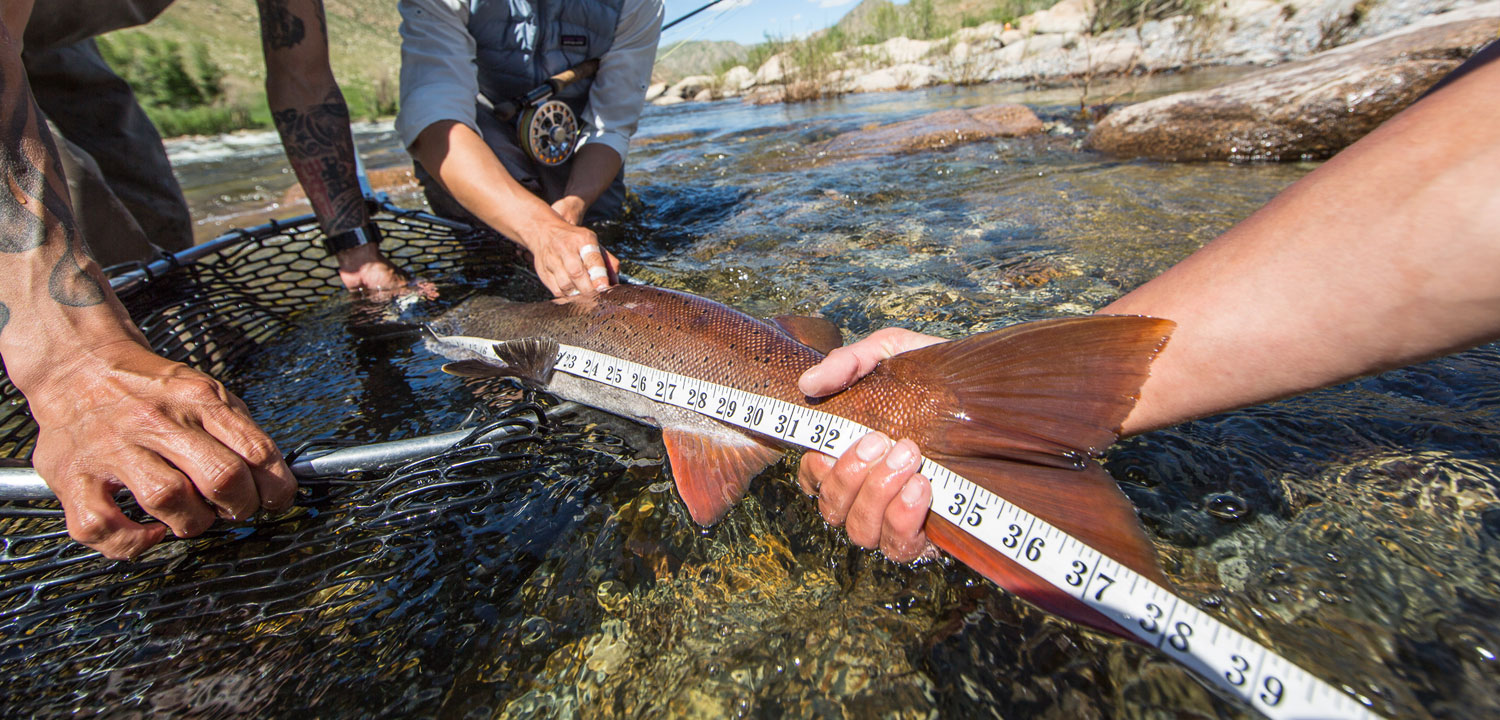
Supporting Local Partners
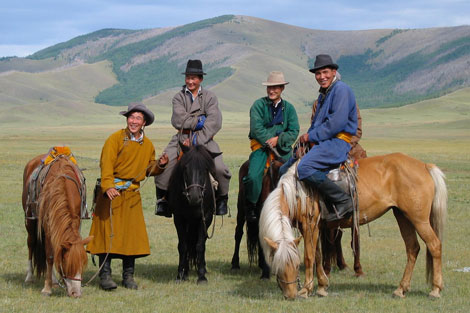
It is critical to support local partners that work closely with communities, agencies, and other organizations to advance conservation efforts on the ground. Mongolia River Outfitters is a core partner that hosts WSC scientists during research trips and is a leader in local taimen conservation efforts in stronghold watersheds. For the past two decades, MRO has advanced habitat conservation, enabled taimen research, conducted outreach with local communities, provided incentives for local community stewardship of taimen rivers and supported anti-poaching efforts led by local rangers. Together, these activities help to safeguard the pristine habitats and prey that taimen need to maintain a stable population.
International Taimen Initiative
Learn more about our International Taimen Initiative and consider supporting taimen research and conservation efforts today to ensure the sustainability of taimen strongholds for future generations.
